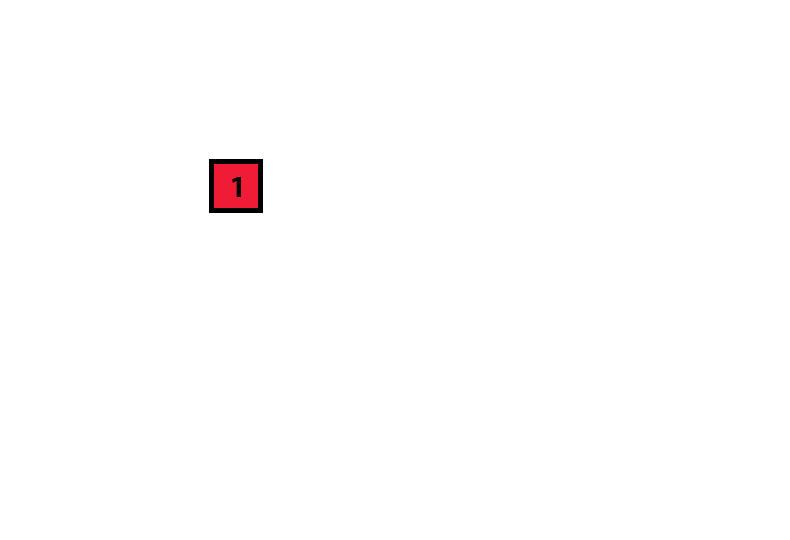After 12/13/14, What Are the Next Fun Dates for Math Lovers?
Sequential integers are a bit boring, anyhow. Here are some more exciting sequences to celebrate over the next 89 years
/https://tf-cmsv2-smithsonianmag-media.s3.amazonaws.com/filer/5b/5d/5b5d1701-c99a-4644-a321-186e2e38e2de/42-15136263.jpg)
Time can be a lot of things, depending on whom you ask: money, an arrow, an illusion or the fourth dimension. No matter your definition, though, most people today agree on how to tell time, counting 60 seconds in a minute and 24 hours in a day. And while different cultures celebrate their own months and holidays, the 12-month Gregorian calendar is now the most widely used option for marking a given date.
For those of us in the United States, December 13 is auspicious because it will be the last sequential date of the 21st century: 12/13/14. The next such numerical alignment won't roll around for another 89 years. In Europe, this milestone has already passed, because folks there prefer to format dates starting with the day. For Europeans, 11 December 2013 (11/12/13) was the last sequential date of the century.
But numberphiles need not despair. Counting from one to 365 is just the simplest form of a mathematical tool called an integer sequence, says Neil J. A. Sloane, a visiting scientist at Rutgers University and founder of the Online Encyclopedia of Integer Sequences, or OEIS. "Our days are numbered," Sloane quips. So what other types of sequences can we look forward to celebrating this century?
Primes (11/13/17) and Mersenne Primes (07/13/17)
A prime number is any whole number greater than one that can't be evenly divided by anything other than one and itself. Primes are often called the building blocks of arithmetic because they are major players in number theory—a field that sounds obscure but can be worth some big bucks and international bragging rights if you can solve a particularly vexing conjecture. Accordingly, loads of integer sequences look at variations on prime numbers. Perhaps the most famous are the Mersenne primes, any prime number that is one less than a power of two. For example, two to the third power is eight, eight minus one is seven, which is a prime, so seven is a Mersenne prime.

Satisfying these conditions means that the numbers get big in a hurry, and while Mersenne primes are a bit too predictable, they helped mathematicians realize that other types of large primes can be useful for creating what are known as public-key encryption schemes, says Sloane. In such a scheme (not a pejorative in this context), two very large primes are multiplied together to get an even bigger number. Interested parties can post that number—the public key—someplace such as social media or in an email. Anyone can then run the number through an encryption algorithm on a computer or dedicated encryption device to create a secret message. Only the person with the original two primes—the secret key—can unlock it using the same algorithm. "It is based on the fact that it is very hard to find prime factors of big numbers," says Sloane. "You can make a huge number … let's say 2,000 decimal digits. Want to crack that code? Tough, you can't do it."
Fibonacci Numbers (08/13/21)
Pick up a pinecone and chances are you are holding a Fibonacci sequence. This is when each number in the list is the sum of the previous two—for example, 8 plus 13 is 21. The sequence is named after an Italian mathematician who used the pen name Fibonacci, and who published it in his 1202 book Liber Abaci. Like how Schrödinger used a cat to explain quantum physics, Fibonacci explained this number sequence using a hypothetical population increase in rabbits. In his example, females are able to mate at a month old, mating pairs always give birth and the rabbits never die. By this formula, the number of rabbit pairs produced in a year follows the sequence.
Square tiles with sizes based on the Fibonacci sequence can be arranged in a way that offers a close approximation of the golden spiral, an idealized mathematical form that pops up a lot in nature, from seashells to sunflowers:

And American travel buffs should arm themselves with the Fibonacci sequence if they're headed someplace where distance is measured in kilometers, suggests Sloane. The standard conversion is that one kilometer equals 0.62 miles. But another handy trick is to simply take the next smallest Fibonacci number: If a sign says it's 89 kilometers to Cologne, just go one number down in the sequence to get 55 miles.
Recamán's Sequence (07/13/20 and 08/25/43)
Not every integer sequence grows in an immediately obvious way. For instance, the numbers in Recamán's sequence go up and down again in a seemingly random fashion. Knowing the rule may not exactly simplify things either. The mathematical conditions for getting the numbers in this sequence are:
For a number greater than zero, a(n) = a(n-1) - n if the result is a positive number that is not already in the sequence. Otherwise, a(n) = a(n-1) + n
Perhaps the clearest way to sense the pattern in the Recamán sequence is to listen to it, says Sloane. Math and music have an extremely close relationship, and transforming Recamán's sequence into notes creates an otherworldly soundtrack that could be straight from a composer's pen:
To illustrate this connection, Sloane and his colleague David Applegate created simple music files for various sequences—and found the sequences behind some famous musical scores, such as Beethoven's "Fur Elise". "Music is very sequential," says Sloane. "When I hear Bach, I think he would have loved the OEIS. He would have contributed many sequences."
Look-and-Say Sequence (01/11/21)
Then there are the integer sequences that are more like riddles than pure mathematics. Here are the first five terms—can you spot the pattern?
1, 11, 21, 1211, 111221 …
Spoiler: The trick is to literally say aloud what you see and write that down. After writing down "1", you see one "1", or 11. Then you see two "1s", or 21. That gives you one "2" and one "1", or 1211. And so on. "Almost nobody guesses this sequence," Sloane chuckles.
Mathematician John Conway, currently at Princeton, was playing around with the sequence while at the University of Cambridge when he noticed an amusing coincidence: as the numbers get bigger, they can be broken down into 92 fundamental pieces, just as matter can be broken into the 92 classic elements on the periodic table, from hydrogen up to uranium. "That just took my fancy, there's no connection whatsoever," Conway says in an interview. The revelation doesn't offer any useful mathematical insight, but it did give Conway fodder for a whimsical 1987 paper called "The Weird and Wonderful Chemistry of Audioactive Decay."